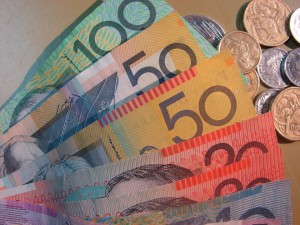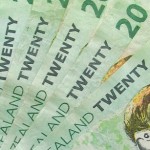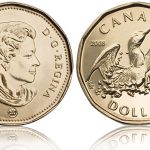 Australian dollar preserved gains against its US counterpart on Friday, as producer prices in Australia rose more than projected during Q3 and Chinese manufacturing activity expanded to reach an 18-month high in October.
Australian dollar preserved gains against its US counterpart on Friday, as producer prices in Australia rose more than projected during Q3 and Chinese manufacturing activity expanded to reach an 18-month high in October.
AUD/USD touched a session high at 0.9490 at 6:35 GMT, after which consolidation followed at 0.9480, gaining 0.27% for the day. Support was likely to be received at October 14th low, 0.9435, while resistance was to be met at October 29th high, 0.9547.
It became clear that Australian index of producer prices climbed 1.3% during the third quarter of the year, following a 0.1% uptick in Q2, while preliminary estimates pointed a 0.3% advance. On annual basis, the index rose 1.9% in Q3, after another 1.2% increase in the preceding quarter.
According to a survey by the Australian Industry Group (AIG), the index of manufacturing activity in the country increased to a reading of 53.2 in the month of October, marking its highest level since 2010. The sub-indexes of production, employment, exports and new orders improved in value, while those, gauging inventories, deliveries and average wages dropped.
Also, on Friday China’s National Bureau of Statistics and China Federation of Logistics and Purchasing reported that nation’s manufacturing PMI came in at a reading of 51.4 in October, marking its highest point in 18 months and outstripping preliminary estimates pointing 51.2, while in September the index stood at 51.1. HSBC Holdings and Markit Economics said on October 24th, that the preliminary value of the index of manufacturing activity for China was higher than projected, rising to 50.9. Values above the key level of 50.0 usually indicate an expansion in activity. This data provided support for the Aussie, as China is Australias largest export market.
“The Chinese data today does help to alleviate concern around rising money-market rates and, along with better Australian and Korean PMI numbers, should give the Australian dollar support,” said Greg Gibbs, a senior currency strategist at Royal Bank of Scotland Group Plc in Singapore, cited by Bloomberg News. “There’s every chance that the Aussie does find its feet and firms again.”
The yield on Australian three-year bonds climbed four basis points, or 0.04 percentage point, to reach 3.05%, the same media imparted. Nations 10-year bonds gained also four basis points to reach 4.06%.
Meanwhile, the Federal Reserve Bank decided to maintain the current pace of its asset purchases at its policy meeting on October 29th-30th, as widely anticipated, because more evidence of an improving economic activity was to be obtained. Fed Chairman Ben Bernanke continued to press with the unprecedented accommodative policy into the final months of his mandate, as he strives to safeguard economic expansion achieved in four years from the impact of October’s partial government shutdown.
Elsewhere, the Aussie was higher against the euro, with EUR/AUD cross falling 0.63% on a daily basis to trade at 1.4277 at 7:30 GMT. AUD/NZD pair was losing 0.19% to trade at 1.1442 at 7:31 GMT.





